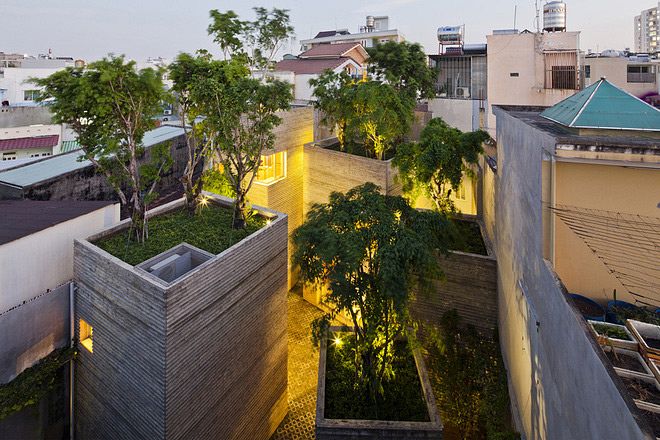Much to the alarm of local scientists and officials, rice farmers in the Mekong Delta have discovered a nifty new fertilizer: cement.
According to Tuoi Tre, Dong Thap province residents began the practice after one farmer, Le Van Nuoi, got a hunch that the cement-filled wastewater he had poured at the side of his house helped his nearby plants grow.
Nuoi first tested his cement theory on a small area of his rice paddy, and after it proved not to kill his crops, Nuoi covered an entire field with the stuff. According to the Dong Thap farmer, it's the clinker in cement – a combination of calcium, silicon, alumina and iron oxides – that promotes plant growth.
The trend has since caught on, with other local farmers also claiming better results after dumping cement mixture onto their rice paddies. A local hardware store owner told Tuoi Tre that he has advised farmers against the practice but no one seems to be listening.
Meanwhile, Tran Van Hung, chairman of Long Hau Commune, expressed grave concern.
“Should I know who is fertilizing their rice fields with cement, I will immediately prevent them and call for relevant agencies to advise them not to do so,” he told Tuoi Tre.
From the scientific community, reactions were equally concerned.
“Clinker does not affect the plants and farmers will only waste their money,” Nguyen Phuoc Tuyen, head of the scientific research office at the Dong Thap Department of Science and Technology, told Tuoi Tre.“In the longer term, cement will destroy their soil.”
Associate Professor Huynh Thanh Hung, vice president of Saigon's Nong Lam (Agriculture-Forestry) University, concurred: “The ‘cement fertilizer’ may generate immediate positive effects, but it will ravage the structure of soil if used for a long time.”
[Photo via Flickr user Peter Nijenhuis]














